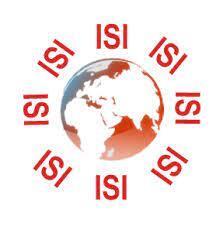Impact Analysis of Mining on Wetland Transformation in Rwanda
DOI:
https://doi.org/10.62103/unilak.eajst.10.10.170Keywords:
Mining, wetland, Geographic Information Systems (GIS), remote sensing (RS)Abstract
Inappropriate management of produced mine wastes, from mining activities, has created serious transformation of wetlands in many countries of the world including Rwanda. In this study, Geographic Information Systems (GIS) and Remote Sensing (RS) technologies were used to detect and evaluate Where, When, What, Why, and How much of an impact results from the mining activities on wetland. Unsustainable mining, with HAVILLA mining company, has led to the encroachment of diverse wetland vegetation, in Mwogo wetland, which increased gradually during development and post development stages of mining activities due to the pressure for agricultural land expansion and shift. Mwogo wetland also experienced the increase of much siltation in Mwogo River that has led to the River bifurcation, dewatering and water diversion. Gashyenzi playground, Rurangazi market ground and cows ’stables ground were converted into plots of farmland due to the severe floods driven by degradation of Mwogo river channel. Rurangazi main bridge was collapsed because of Stagnation of water blocked nearby. Water for irrigation and other uses has become scarce in that area because of water pollution. Since 2013, MAWARID mining company has employed the security keepers to protect Nyamagana mining site from intruders who mine illegally and damage wetland, in turn. In 2016, the radical terraces were made around the boundary of the wetland to minimize the additional sedimentation and flooding in the wetland. The major reasons for these damages were identified to be inability of the mining company to monitor and enforce compliance with environmental regulations, and the lack of institutional frame work for wetland protection and management. Short term, medium term and long term actions, for wetland rehabilitation, were proposed as solutions and forwarded as recommendations.








